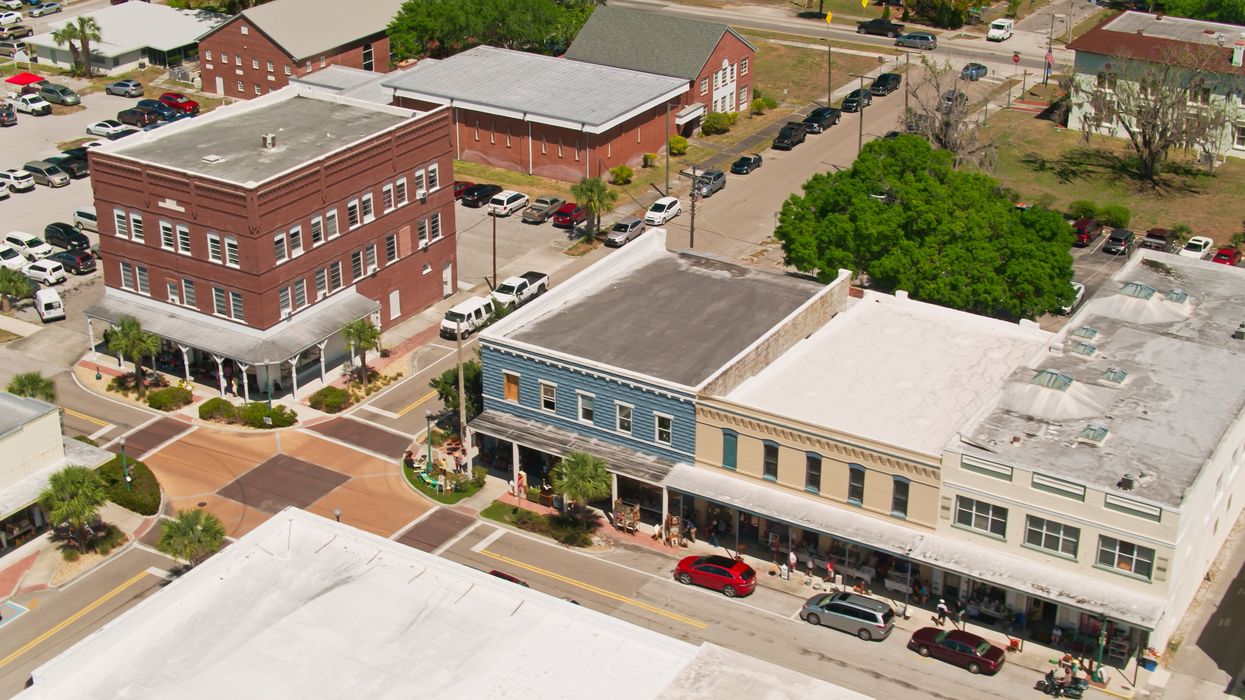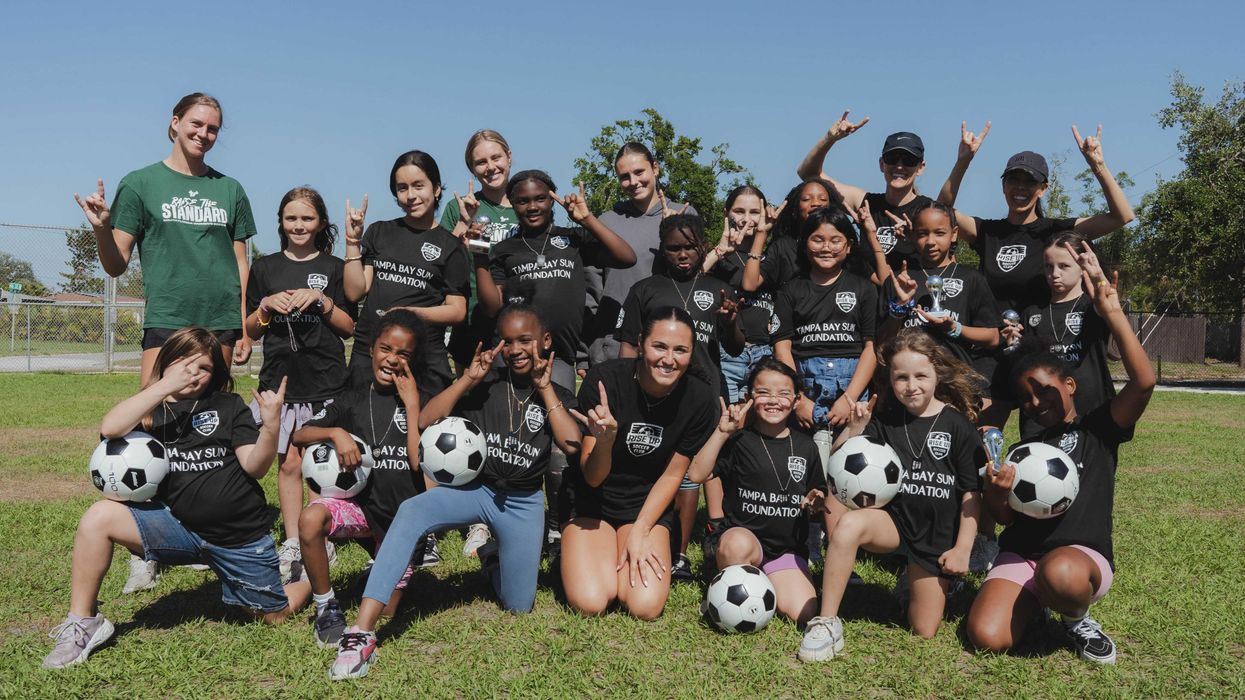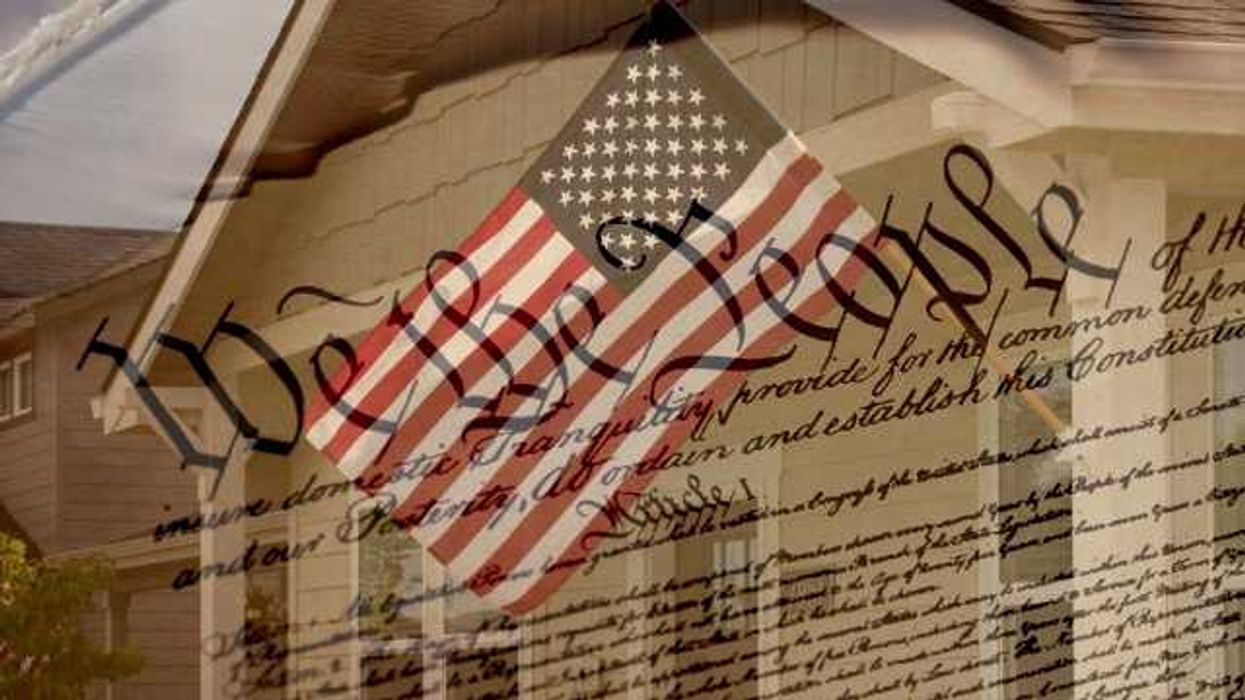Harwood is president and founder of The Harwood Institute. This is the latest entry in his series based on the "Enough. Time to Build.” campaign, which calls on community leaders and active citizens to step forward and build together.
When recently meeting with community leaders in DeSoto County, Fla., I got a question I often hear after describing The Harwood Institute’s approach to community building: “Can this actually work?”
It’s not a surprising question to get in America today, especially in a place like DeSoto. Inequities and disparities in the country are growing, not diminishing. Mistrust is pervasive. Hope is in short supply.
How does a community like DeSoto County have hope when it ranks 65th of 67 counties in the entire state for reading among third-graders? When its per capita income ranks at the bottom for Florida counties and inter-generational poverty is common? When it lacks adequate sewer and water lines, constraining growth?
I was in DeSoto to launch a new community-led initiative, in partnership with The Patterson Foundation, to catalyze efforts that address what matters to people while strengthening how the community works together. The initiative reflects the very essence of our nationwide campaign, “Enough. Time to Build.”
Much is said these days about how so many Americans feel discouraged about their individual and our collective future despite seemingly strong economic indicators.
To know the reason why — to feel it, experience it, see it — go to DeSoto County.
It’s located in the Florida heartland, with a population just over 37,000. Good jobs are hard to come by. The population is changing, and is now about evenly split among white, Black and Latino residents, many of whom do not speak English and fear deportation. Like in many rural areas, the local hospital is in constant danger of shuttering.
I met with scores of community leaders, educators, clergy, health care professionals and residents, among others. Here’s the thing: We often expect folks in these types of communities to be in despair. Instead, like most places I go, I found fierce resolve. It is progress they want. They want to find new ways to come together and work for it.
During one meeting, an educator who had spent decades in the local public schools turned to me and said, “Two words describe what you’re talking about: small and momentum.” This gave her and others hope.
What people in DeSoto County told me they want — what so many Americans I meet want — is the following:
- Build on the good. Too often we start new efforts as if nothing good has taken place, as if we must start over. But in DeSoto the community pooled its resources to renovate an old, abandoned building and turn it into a much-needed Boys & Girls Club. After Hurricane Ian in 2022, people came together to support one another — and their efforts continue to this day. Just last October, over 300 people attended The Patterson Foundation’s Solutions to Action event, which is part of an ongoing effort to engage the community in taking shared action. We’re intentionally building on these and other good efforts.
- Focus on shared aspirations. So often change efforts obsessively focus on “problems” or utopian visions. Both stop people in their tracks by generating negativity and blame or unattainable plans. We start with people’s shared aspirations, which enable people to articulate what they are for — not against — and reflect actionable, doable, and achievable goals. This creates an immediate sense of possibility.
- Start small. One city leader told me she has a shelf of reports from consultants who have come and gone, who laid out fancy, comprehensive plans that went nowhere. They sold people a bill of goods. We take a fundamentally different approach — starting small to go big. It’s tangible and real for people.
- Create a new trajectory of hope. This is what the educator was speaking to. Our approach will unleash a chain reaction of actions and ripples that grow over time, eventually spreading like a positive contagion throughout the county. It’s all about building momentum over time. In every community we work, this is how change happens.
- Marshal shared resources. A place like DeSoto County, like so many American communities, has limited resources. But the reality is that there are a variety of ways in which different groups and individuals can come together to produce shared action. It requires making visible the resources, talents and stories of progress that for most people in most places remain invisible. It’s why my institute created a tool called Making the Invisible Visible.
Too many political and civic leaders make promises they know they can’t keep. They peddle false hope, which leads to frustration, skepticism and today’s widespread cynicism. Under these conditions, it’s only natural for so many of us to have lost our civic faith.
But it is places like DeSoto County that restore my sense of possibility and hope. The people there are ready to step forward and build together. This will take time, openness to new ideas, humility to listen, vulnerability when engaging new people and, perhaps most of all, courage to believe again. Yet it can be done. They are getting in motion.
The rest of America should pay attention. It’s going to be places like DeSoto — one of the poorest counties in Florida — that proves there’s a new path forward. That we are not yet done with this grand American experiment.




















 Shannon Gormley, Rhode Island Public Schools
Shannon Gormley, Rhode Island Public Schools Les Sinclair, Blue Ridge Area Food Bank
Les Sinclair, Blue Ridge Area Food Bank Elena Casillas Hoffman,
Elena Casillas Hoffman, 
 Darrious Hilmon, Executive Director, CAN-TV
Darrious Hilmon, Executive Director, CAN-TV